Photographs: PIB Photos Vivek Gumaste
Vivek Gumaste analyses whether the grandiose posturing of India's political leadership against China in the last few weeks is at odds with the present realistic capabilities of its armed forces.
Pussyfooting, the weltanschauung or guiding philosophy of our foreign policy abruptly appears to have been relegated to the back burner and replaced with a new assertiveness that must certainly warm the cockles of India's China watchers.
On the sidelines of the recently concluded Association of South East Asian Nations summit in Bali, in a surprise move that signaled a marked deviation from its traditional pusillanimous second guessing attitude, India's Prime Minister Manmohan Singh brusquely swept aside China's objection to India's presence in the South China Sea by dubbing it as "purely commercial" and reminded the Chinese that sovereignty claims need to be settled according to international law.
This retort resonated with India's bold initiative last month, despite Chinese concerns, to sign an oil exploration agreement with Vietnam during the Vietnamese President's visit to New Delhi.
...
Behind China's increasing uneasiness
Image: Oil exploration in the South China SeaChina's increasing uneasiness at India's new found confidence and its intention to curb what it perceives as India's errant foray into its self proclaimed fiefdom is eminently apparent in the polemics swirling in the Chinese media.
Soon after India's pact with Vietnam, China Energy News, an official mouth piece, averred: 'India's energy strategy is slipping into an extremely dangerous whirlpool... Challenging the core interests of a large, rising country for unknown oil at the bottom of the sea will not only lead to a crushing defeat for the Indian oil company...Indian oil company policy makers should consider the interests of their own country, and turn around at the soonest opportunity and leave the South China Sea.'
On November 21, again alluding to the this topic a Chinese foreign ministry spokesperson cautioned India: "We don't hope to see outside forces involved in the South China Sea dispute and do not want to see foreign companies engage in activities that will undermine China's sovereignty and interest."
...
India's assertiveness is a welcome change and should be sustained
Image: A Chinese submarine patrols the South China SeaIndia's assertiveness is a welcome change and should be sustained as East Asia becomes India's leading client ahead of even the European Union and the United States in terms of trade volume.
Giving added weight age to this conflict is the fact that the Straits of Malacca and Singapore constitute important trade routes for India.
However for India's assertiveness to be practically effective, it needs to be bolstered by a military prowess capable of countering or deterring potential Chinese punitive military retaliation, on sea or land, limited or otherwise, that our assertiveness may provoke; a definite possibility in keeping with China's expansionist tendency that will brook no resistance as it marches ruthlessly forward to fulfill its design of becoming a superpower.
...
China has 3:1 advantage over India in Tibet
Image: The 54th Independent Infantry Regiment of the People's Liberation Army in TibetChina continues to ratchet up the tension along India's border. In addition to its presence in Pakistan-occupied Kashmir, its frequent incursions into Indian territory, China added another dimension to this menacing posture by a recent military drill mimicking the capture of high mountain passes in Tibet (China now rehearses capture of Tibet passes. Indian Express November 20).
The Chinese have in place a sophisticated military infrastructure in the Tibet Autonomous Region adjoining India: five fully operational airbases, an extensive rail network and 58,000 km of roads -- giving them the ability to rapidly deploy 30 divisions (15,000 soldiers each) along the border, a 3:1 advantage over India.
...
India lags far behind the Chinese in terms of logistic military preparedness
Image: An Indian Air Force aircraft lands at the Advanced Landing Ground at Nyoma, LadakhHampered by bureaucratic hurdles, India lags far behind the Chinese in terms of logistic military preparedness as indicated by Defence Minister A K Anthony in the Rajya Sabha on November 23: "Out of the 73 roads identified as strategic border roads, only 15 have been completed, 39 are scheduled for completion by 2013 and the remaining 19 by 2016."
Of late, India has made some cosmetic attempts to counter China's menacing tactics along the LAC.
An airfield in Arunachal Pradesh was upgraded and other airfields have been upgraded or are in the process of being upgraded both in Ladakh and the north-east. Two new mountain infantry divisions have been raised and an additional mountain strike corps is in the works.
...
'India must attain at least a minimum deterrent capability'
Image: File photo of Chinese attack helicoptersChina's military expenditure amounts to $91 billion (about Rs 47,342 crore) -- unofficial estimates put the figure at $150 billion (about Rs 78,035 crore). India in contrast spends $36 billion (about Rs 18,730 crore).
India did increase its spending marginally by 11 per cent in 2011 -- a figure that is unlikely to cut the ice. Referring to this modest increase, Ajai Sahni, director of the New Delhi-based Institute for Conflict Management, remarked: It is not a dramatic increase if you take inflation into account. It does not really demonstrate a will to completely overhaul the armed forces to meet the challenges."
While it is nobody's contention that we match China dollar for dollar and bullet for bullet, it is essential that we attain at least a minimum deterrent capability in order to ensure our strategic and economic interests. For this additional monies and greater military preparedness are crucial.
...
We can ill afford to commit another 'Himalayan blunder' in the 21st century
Image: File photo shows soldiers of the Chinese People's Liberation Army taking part in a drillAny confrontation with China must perforce resurrect the ghost of 1962 that saw India suffer a humiliating debacle at the hands of the Chinese; a defeat that was inflicted not so much by the awesome military might of the Chinese but by the deficiency of our political establishment which exhibited a serious disconnect with our military capabilities.
Despite the then Chief of Staff General Pran Nath Thapar's warning that "the Indian Army was unprepared, untrained and unequipped," to tackle the Chinese, Nehru recklessly ordered the Indian Army 'to throw those (Chinese) out.' -- a provocative statement that has been arguably implicated to be the immediate trigger for the Chinese invasion (Kuldip Nayar. The Critical Years).
This edifying example leads me to wonder whether we are at the same crossroads again: Is the grandiose posturing of our political leadership high on India's steadily rising stock in the world at odds with the realistic capabilities of our armed forces at the present time.
The Late Brigadier J P Dalvi, a doyen of the 1962 Sino-Indian conflict, in a book with the same title ascribed that defeat to a 'Himalayan Blunder' on the part of the Indian government.
We can ill afford to commit another 'Himalayan blunder' in the 21st century.

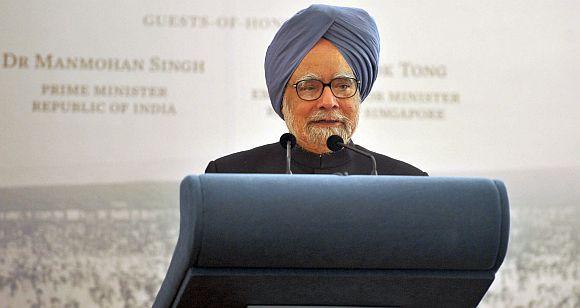

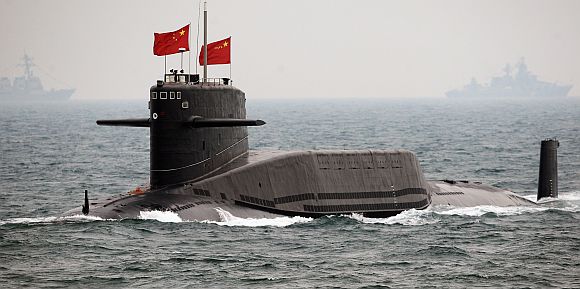
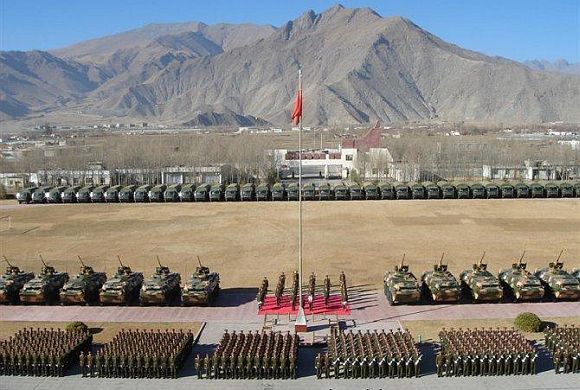
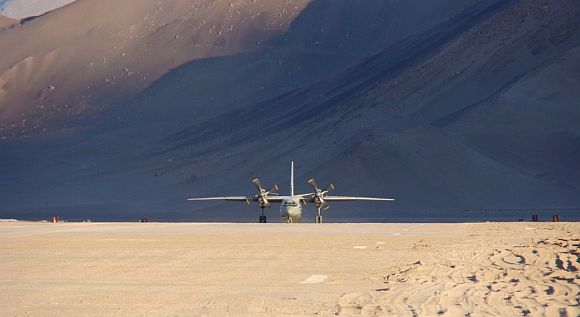

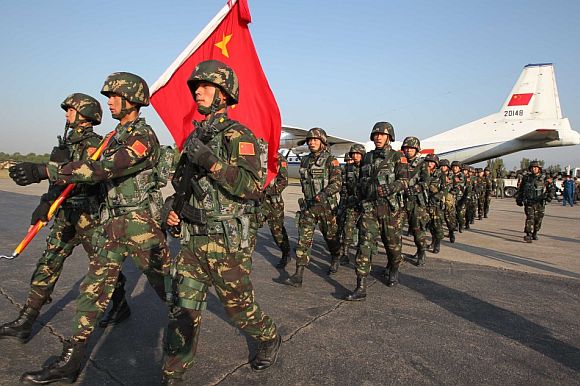
article